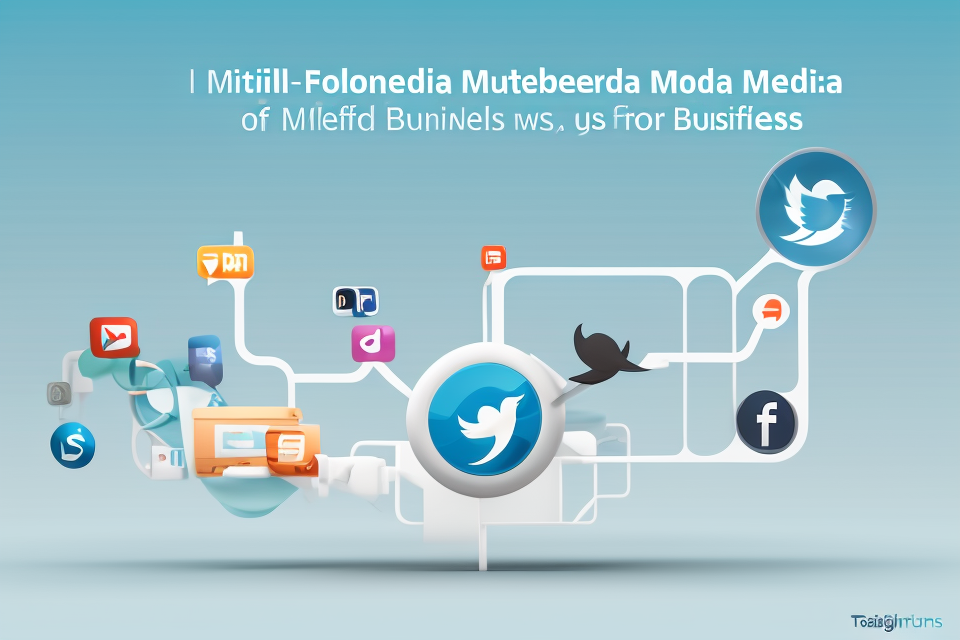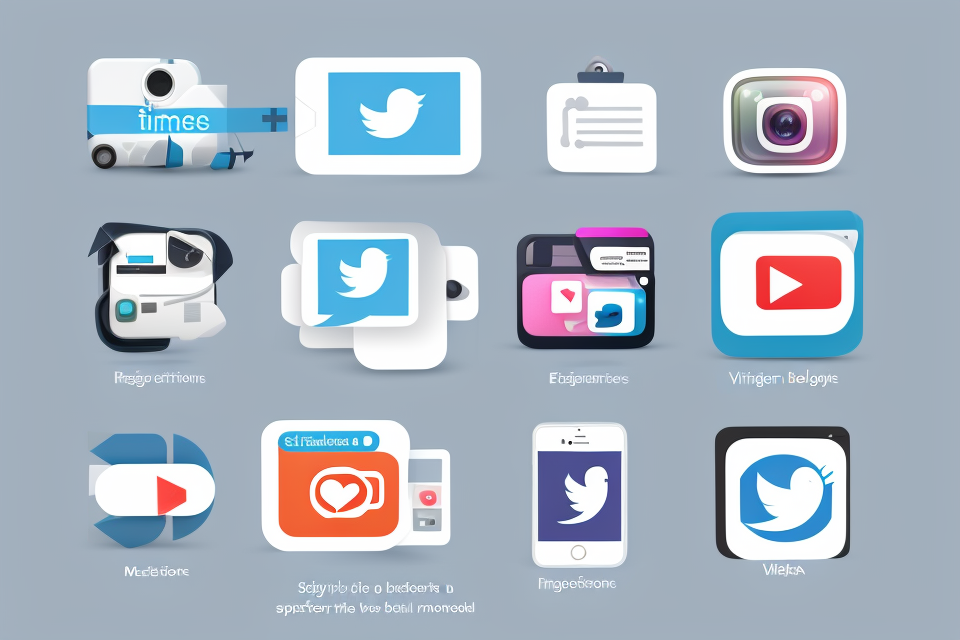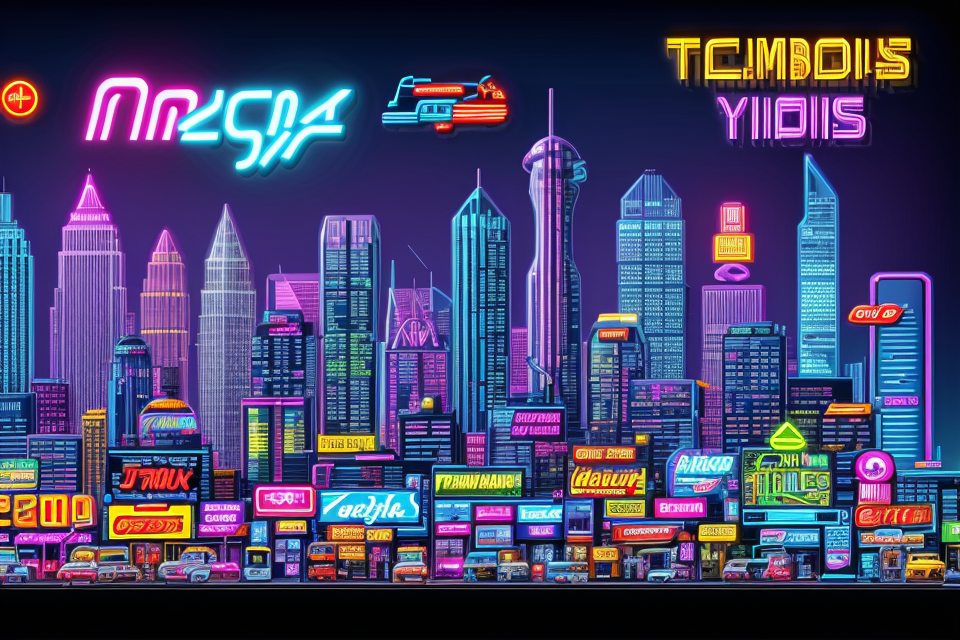In the world of social media, memes have become a powerful tool for communication and self-expression. But what exactly is a meme, and what does it symbolize? A meme is a piece of media, usually a photo or video, that is spread rapidly through the internet, often with humorous or satirical captions. Memes have become a way for people to comment on current events, express their opinions, and share their experiences. In this article, we will explore the symbolism behind online memes and what makes them so powerful.
What is a Meme?
Definition and History
- Origins of the term “meme”
The term “meme” was first coined by biologist Richard Dawkins in his 1976 book, “The Selfish Gene.” Dawkins used the term to describe the way that ideas and cultural phenomena could spread and evolve in a manner similar to genes in biological organisms. He likened memes to “mental parasites” that are transmitted from person to person through imitation, repetition, and variation.
- The evolution of memes in the digital age
With the advent of the internet, memes have experienced a significant evolution in terms of their creation, dissemination, and impact. The digital age has facilitated the rapid spread of memes across various platforms, such as social media, forums, and blogs. This has allowed for a more diverse range of memes to emerge, as well as an increased frequency of meme creation and modification. Additionally, the internet has enabled the globalization of memes, allowing them to reach a broader audience and become more culturally significant.
Key Characteristics of Memes
- Visual or text-based content
- Capability to spread rapidly across the internet
-
Adaptability and evolution over time
-
Visual or text-based content: One of the key characteristics of memes is that they are typically visual or text-based. This means that they are images, videos, or written content that can be easily shared and replicated across the internet. Visual memes often incorporate popular culture references, humor, or social commentary, while text-based memes may consist of viral phrases, jokes, or slogans.
- Capability to spread rapidly across the internet: Another characteristic of memes is their ability to spread rapidly across the internet. This is often achieved through social media platforms, where users can easily share and comment on memes, thereby increasing their visibility and reach. As memes are shared and remixed, they can quickly gain momentum and become popular across different online communities.
- Adaptability and evolution over time: Memes are also known for their adaptability and evolution over time. As memes are shared and remixed, they can evolve and change in meaning or format. This evolution is often driven by the online communities that adopt and modify memes to suit their own purposes or contexts. As a result, memes can take on new meanings or associations over time, making them a dynamic and ever-changing part of online culture.
Symbolism in Memes
Social Commentary and Satire
Memes have become a popular tool for expressing social commentary and satire. They are used to critique society and politics in a way that is both humorous and relatable. By using memes, individuals can express their opinions on important issues without directly confronting others. This allows for a more subtle and nuanced approach to discussing controversial topics.
One of the main reasons memes are effective for social commentary is that they can be easily shared and consumed. They are often short and catchy, making them easy to share on social media platforms. This allows for a wider audience to engage with the content and participate in the conversation. Additionally, memes often use familiar characters or scenarios, which makes them more relatable and easier to understand.
Another reason memes are effective for social commentary is that they allow for a level of anonymity. Since memes are often shared without a name or face attached, individuals can express their opinions without fear of backlash or retribution. This allows for a more open and honest discussion of controversial topics.
However, it is important to note that not all memes are created equal. Some memes are created with the intention of spreading misinformation or perpetuating harmful stereotypes. It is important to be aware of the potential consequences of sharing memes and to ensure that they are not perpetuating harm or perpetuating negative stereotypes.
In conclusion, memes have become a powerful tool for expressing social commentary and satire. They allow for a subtle and nuanced approach to discussing controversial topics, while also allowing for a wider audience to engage with the content. However, it is important to be aware of the potential consequences of sharing memes and to ensure that they are not perpetuating harm or perpetuating negative stereotypes.
Humor and Relatability
- The significance of humor in memes
- Leveraging relatable content to connect with audiences
Memes have become an integral part of modern communication, providing a platform for people to express their thoughts, feelings, and opinions in a light-hearted and entertaining manner. One of the most crucial elements of a successful meme is its ability to elicit laughter and create a sense of relatability among its viewers. In this section, we will delve into the role of humor and relatability in the world of online memes.
The Importance of Humor in Memes
Humor is a critical component of memes, as it serves as a bridge between the creator’s intention and the audience’s perception. A well-crafted meme can evoke laughter and trigger positive emotions, which can increase the likelihood of it being shared and viewed by a wider audience. Humor can take many forms in memes, ranging from sarcasm and irony to satire and puns. Memes that employ humor effectively can create a sense of connection between the creator and the viewer, fostering a shared sense of humor and understanding.
Moreover, humor is a powerful tool for conveying complex ideas and societal commentary in a way that is both engaging and accessible. Memes can challenge conventional wisdom, highlight societal issues, and poke fun at established norms, all while remaining entertaining and light-hearted. By using humor, memes can capture the attention of viewers and encourage them to reflect on their own beliefs and experiences.
Using Relatable Content to Connect with Audiences
Another essential aspect of memes is their ability to create a sense of relatability among viewers. Memes often revolve around everyday experiences, struggles, and observations that many people can relate to on a personal level. By using relatable content, memes can establish a connection with their audience, fostering a sense of community and shared understanding.
Relatability is crucial for the success of memes because it encourages viewers to engage with the content and share it with others who might find it relatable as well. When memes resonate with a viewer’s personal experiences or thoughts, they are more likely to share the meme, thus increasing its reach and virality.
In conclusion, humor and relatability are two essential elements that contribute to the success and virality of online memes. By incorporating humor and using relatable content, meme creators can establish a connection with their audience, fostering a sense of community and shared understanding. Memes that effectively employ these elements can create a lasting impact on the internet, leaving a lasting impression on viewers and sparking conversations around relevant topics.
Virality and Impact
Memes have become a ubiquitous presence on the internet, spreading rapidly across social media platforms and leaving a lasting impact on internet culture and society. The virality of memes is driven by a combination of factors, including their ability to tap into popular culture, their capacity to evoke strong emotions, and their potential for endless variation and adaptation.
One of the key factors that contributes to a meme’s virality is its ability to resonate with a wide audience. Memes that are able to capture the essence of a shared experience or emotion can quickly gain traction and spread across the internet. For example, the “distracted boyfriend” meme, which depicts a man comparing his current girlfriend to a new prospect, became a viral sensation in 2019 due to its relatability and humor.
Another factor that contributes to a meme’s virality is its capacity to evoke strong emotions, such as laughter, shock, or disbelief. Memes that are able to elicit a strong emotional response are more likely to be shared and repeated, as they are perceived as entertaining or attention-grabbing. The “surprised Pikachu” meme, which features the popular cartoon character Pikachu with a surprised expression, has become a viral sensation due to its ability to evoke a sense of humor and surprise.
The ability of memes to be endlessly adapted and remixed is also a key factor in their virality. Memes that are able to be easily modified and adapted to fit new contexts or trends are more likely to spread rapidly across the internet. For example, the “distracted boyfriend” meme has been adapted to fit a wide range of contexts, including political and social issues, reflecting its versatility and adaptability.
The lasting impact of memes on internet culture and society cannot be overstated. Memes have become a significant form of cultural expression, shaping public discourse and reflecting social and political attitudes. Memes have also become a tool for activism and social change, with memes playing a significant role in the Arab Spring uprisings and the Black Lives Matter movement.
Furthermore, memes have become a valuable source of data for researchers and marketers, providing insights into consumer behavior and cultural trends. The rise of “meme analysis” as a field of study reflects the growing recognition of the importance of memes as a cultural phenomenon.
In conclusion, the virality of memes is driven by a combination of factors, including their ability to tap into popular culture, evoke strong emotions, and be endlessly adapted and remixed. The lasting impact of memes on internet culture and society cannot be overstated, reflecting their significance as a form of cultural expression and a tool for activism and social change.
Understanding Memes as Symbols
Communication and Meaning-Making
Memes as a form of nonverbal communication
Memes are a unique form of communication that has gained popularity in the digital age. They are a type of visual or text-based message that is often shared and remixed across social media platforms. Memes can be seen as a form of nonverbal communication, as they rely on visual or textual elements to convey meaning rather than verbal language.
Decoding the meaning behind memes
While memes may be visually or textually appealing, they often require some level of interpretation to fully understand their meaning. This is because memes often draw from a shared cultural knowledge or reference that the creator and audience possess. For example, a meme that references a popular movie or television show may require the viewer to have knowledge of that particular work in order to fully understand the joke or commentary being made.
Furthermore, memes can also convey meaning through their visual or textual elements. For instance, a meme that features a particular image or character may evoke a specific emotion or reaction from the viewer based on their previous experiences or associations with that image. Therefore, decoding the meaning behind memes requires a careful analysis of both their visual and textual elements, as well as an understanding of the cultural context in which they were created and shared.
Power and Influence
- The power of memes to shape public opinion and influence behavior
- Memes have the ability to convey complex ideas and emotions in a simple and relatable way, making them a powerful tool for shaping public opinion and influencing behavior.
- For example, during the 2016 US presidential election, memes played a significant role in shaping public opinion and influencing voter behavior.
- Memes can also be used to mobilize communities and promote social change, as seen in the recent Black Lives Matter movement.
- The potential for memes to spread misinformation or promote harmful content
- Memes can be used to spread misinformation or promote harmful content, leading to negative consequences such as the spread of fake news and hate speech.
- It is important for individuals to be critical consumers of memes and to fact-check information before sharing or engaging with them.
- Platforms and governments also have a responsibility to take action against harmful content and misinformation.
Emotional Resonance and Connection
- The role of emotions in the creation and dissemination of memes
- The ways in which memes can evoke and express a range of emotions
- The impact of emotional resonance on the virality and longevity of memes
Memes are not just humorous images or videos; they are also symbols that convey meaning and evoke emotions. Emotional resonance is a key factor in the success of a meme, as it allows individuals to connect with the content on a deeper level. When a meme elicits a strong emotional response, it can be shared and passed along rapidly, leading to increased virality.
The emotions evoked by memes can be diverse and complex, ranging from humor and joy to sadness and anger. Memes can also be used to express emotions that may be difficult to convey through other means, such as sarcasm or irony. In this way, memes can provide a form of emotional release or catharsis for individuals and communities.
Furthermore, the emotional impact of memes can extend beyond the individual level to create a sense of connection and belonging among those who share them. Memes can be used to foster a sense of community and shared experience, particularly in online spaces where individuals may feel isolated or disconnected. By sharing and discussing memes, individuals can build relationships and establish common ground with others who share their interests or experiences.
Overall, emotional resonance is a critical aspect of the symbolism behind online memes, as it allows individuals to connect with the content on an emotional level and build communities around shared experiences and emotions.
FAQs
1. What is a meme?
A meme is a form of media, usually a humorous image, video, or piece of text, that is spread rapidly through the internet. They often contain a cultural reference or social commentary and are typically used to express a shared experience or sentiment.
2. What makes a meme successful?
A successful meme typically has a clear and relatable message, is easily shareable, and has a strong visual or textual impact. The meme should also be relevant to current events or cultural trends and have a strong emotional resonance with its audience.
3. What is the history of memes?
The concept of memes dates back to the early days of the internet, but the term “meme” was first coined by biologist Richard Dawkins in his 1976 book “The Selfish Gene.” The modern use of the term “meme” to describe viral images and videos emerged in the late 20th century and has continued to evolve with the growth of social media.
4. What are some popular meme categories?
There are many different categories of memes, including political memes, animal memes, relationship memes, and more. Some popular meme formats include the “distracted boyfriend” meme, the “surprised Pikachu” meme, and the “I don’t always” meme.
5. How do memes impact society?
Memes have a significant impact on society by shaping cultural norms and influencing public opinion. They can bring attention to important issues, spread awareness about social and political issues, and even influence consumer behavior. Additionally, memes have become a form of modern folk art, reflecting the values and attitudes of a particular group or community.



